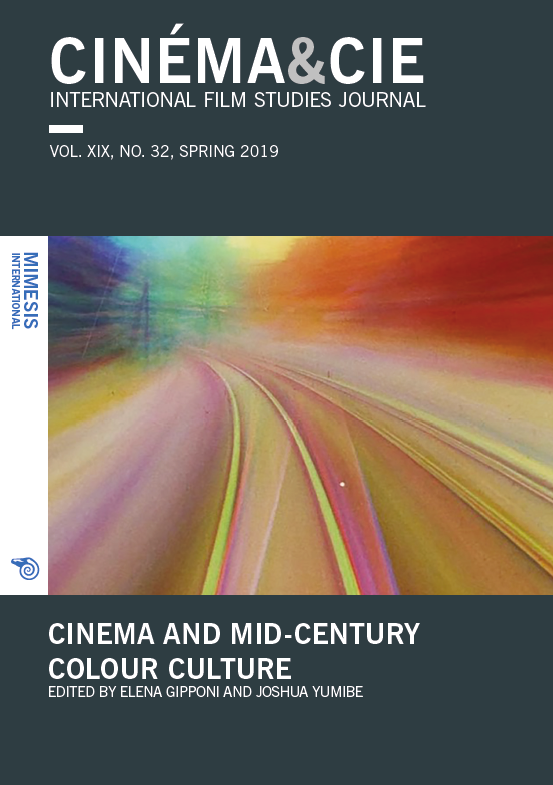The Body as Virtual Frame: Performativity of the Image in Immersive Environments
Abstract
Immersive environments perceived through head-mounted displays allow us to experience a tridimensional virtual space, no longer limited by the frame boundaries which have traditionally characterized our perception of images. By virtue of its capacity to overcome the image threshold, virtual reality is often described as the most powerful tool for incorporating the perception of the other, that is as the ‘ultimate empathy machine’. The idea of dissolving the image frame is also the theoretical pivot of A.G. Iñárritu’s latest virtual reality work Carne y Arena, in which the Mexican director implemented unprecedented virtual technologies in order to tell the experience of a group of refugees trying to cross the border between Mexico and the United States. Through an analysis of Iñárritu’s installation, I aim to undo the empathy and immersive rhetoric through which VR contents and devices are presented, and argue instead that VR experience is pierced by a number of discontinuities and gaps in perception, with largely neglected potentialities. By interrogating the overlapping of the limits of the image, the boundaries of the body and those that are established by geographical and biopolitical borders, I show how in virtual reality, if the frame of the image seems to disappear, then the very function of framing does not dissolve, but, rather, is assumed by the experiencer’s body and embodied gaze.






